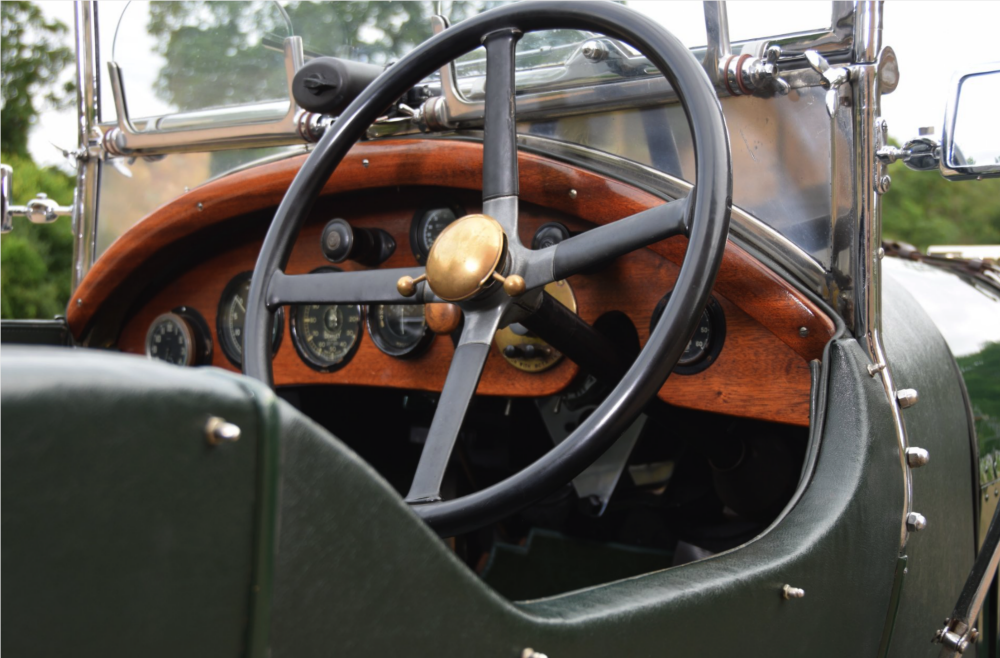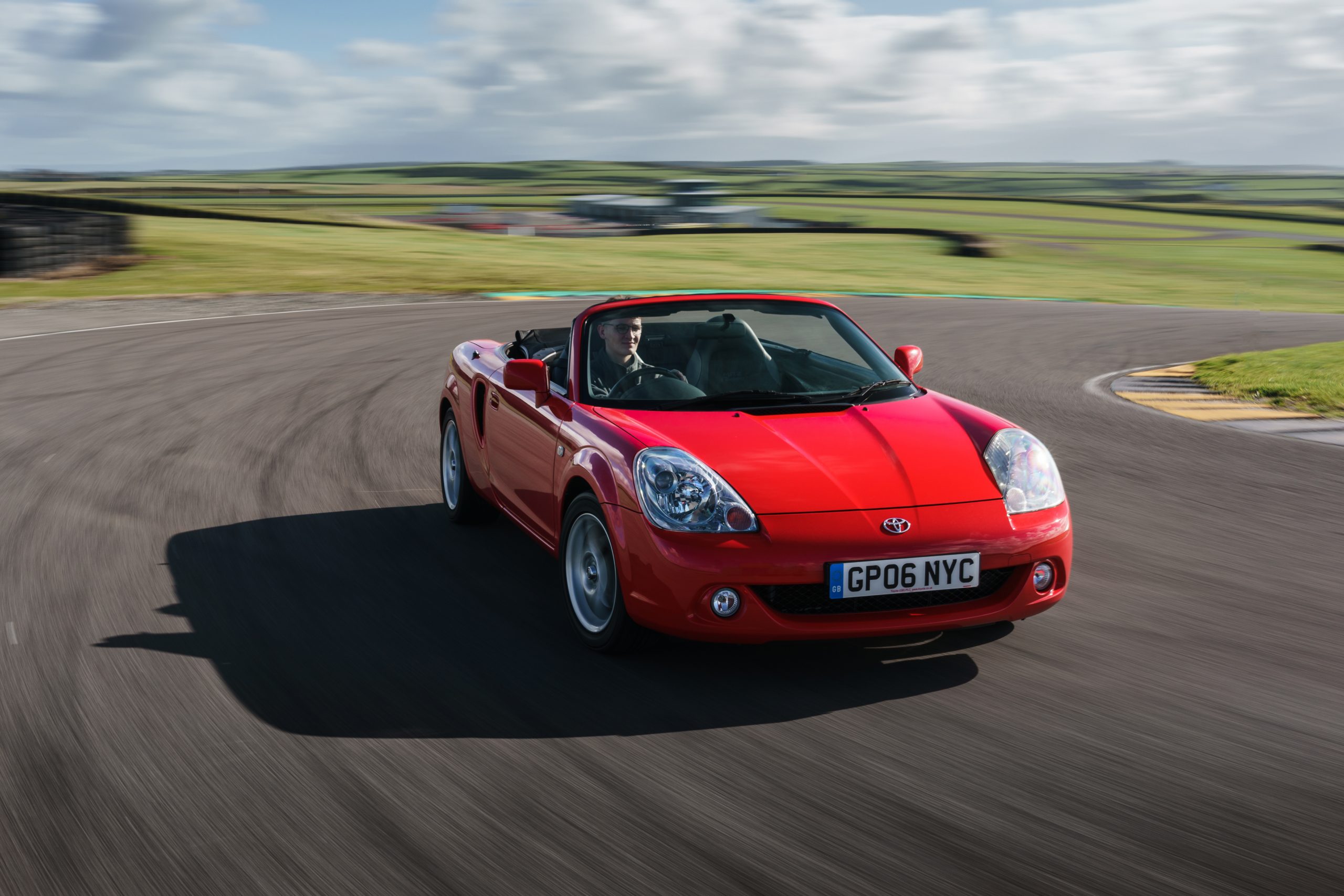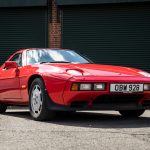If you regularly keep up to speed with the many stories that Hagerty now shares with the car and bike community on a daily basis, you will have read a good number of recent articles about the rise in modern collectable cars. Throughout 2021, we wrote about record sales of 1980s and newer cars, commented on the seemingly endless demand for homologation classics of that era, and discussed the surge in online bidding. Models such as the Ferrari F40, Porsche 959 and Audi Quattro Ur dominated the headlines. But what about those cars at the other end of the motoring spectrum, built before the 1940s?
On the face of it, pre-war models are having a hard time. In 2021, Hagerty tracked a total of £30.6 million of these vehicles passing through UK and European auctions (down from £36m in 2020) each with a mean value of £37,153 (significantly down on the previous year’s £153,814 average). It may not come as a surprise to learn that the owners tend to be much older than the norm: 83 per cent of people who insured pre-war cars with Hagerty worldwide are born before 1966, compared with 65 per cent across all vehicles. The same data tells us that a mere 0.2 per cent of pre-war car are owned by Millennials – those of the digital age, born between 1981 and ’96.

But these figures are misleading. The preceding year (2020) was an exceptional year in many ways, particularly so because it marked Gooding & Company’s first live auction in the UK, the Passion of a Lifetime sale at Hampton Court in September. Nine of the ten most expensive pre-war vehicles sold that year did so in that auction, totalling £26.2m. To say this skewed the figures would be an understatement.

More interestingly, 2021 showed a significant increase in the sell-through rate of pre-war cars (up ten points from 60 per cent to 70 per cent) and a big reduction in the number of cars selling for under low estimate (just 10 per cent compared with 41 per cent in 2020). In general, pre-war cars seemed to sell better at auction in 2021 compared with the previous year. Also, the demographics of owners are changing – and in an encouraging fashion. Younger drivers are warming to these ageing cars: from 2019 to 2021, the number of Millennials insuring pre-war cars with Hagerty grew by 65 per cent; for Generation X (born between 1965 and 1980) it rose by 32 per cent; whilst the number of owners born before 1946 fell a little, by two per cent. What is driving this change?
I believe that one answer can be found in the other trends Hagerty has highlighted through the year just gone. The types of cars are making headway with younger buyers are the analogue cars: those with turbo chargers, manual gearboxes and roaring mid-engine V8s. These cars are the antithesis of the sanitised, electric, driver-aid-stuffed models that populate our roads today and are likely to dominate in a few years.
True car enthusiasts have realised that the ultimate expression of an affordable, exciting and usable analogue car can be found in the pre-war era.
Attempts by organisations such as the Vintage Sports Car Club and Motorsport UK to encourage the participation of younger drivers are having a positive effect, plus there’s another factor that often remains unsaid: in 100 years’ time, even if every car is an autonomous, networked capsule and all standard classics that aren’t in a museum have been converted to electric motors, the Tarmac at Goodwood, Shelsley Walsh and Prescott will – we sincerely hope – still be warmed by the screeching tyres of cars firing flames from their Brooklands fan exhausts and filling the air with the sounds and smells of authentic, adrenalin-inducing motoring. That, surely, is what our passion is all about.
Take a deeper dive into the pre-war car scene, with the latest edition of Obsession.
Read more
Start them old: Learning to drive in classic cars
2022 Bull Market List: 10 of Britain’s hottest collectable cars
Young guns blaze at the 2021 Hagerty Festival of the UnexceptionalYoung guns blaze at the 2021 Hagerty Festival of the Unexceptional









